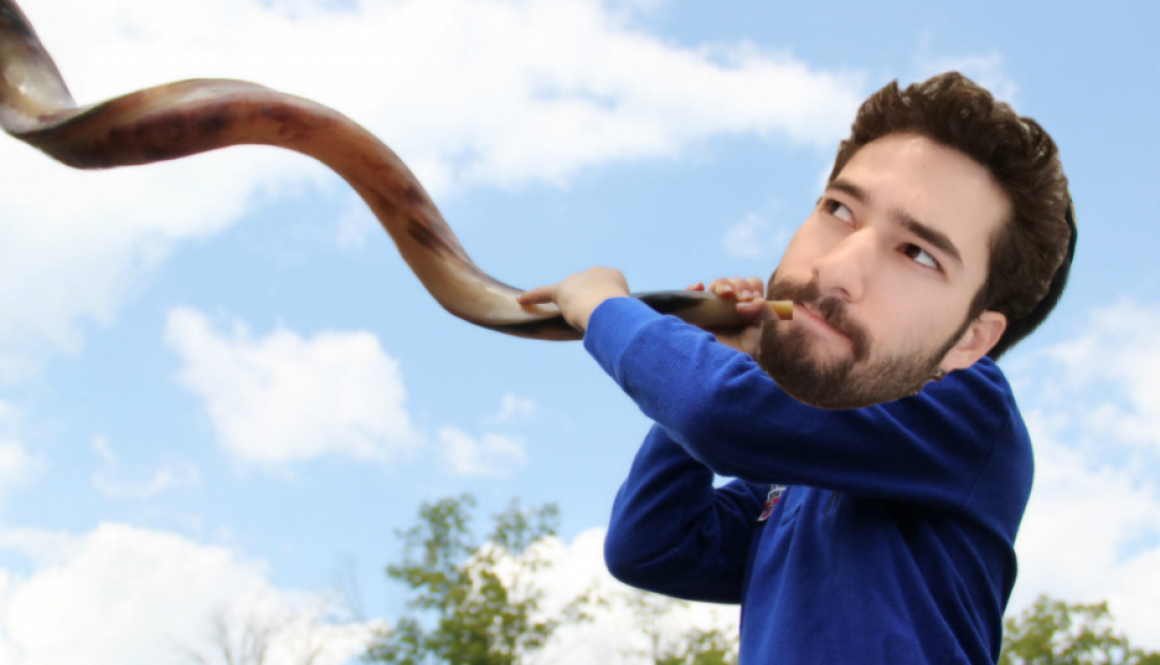DYOR Dave’s Guide to Jewish New Year
DYOR Dave’s Guide to Jewish New Year
DYOR Dave

After a year that seemed to drag on forever, we have finally arrived in the holiest month of the year, September. It’s finals time and cricket chat is starting to enter dribbler circles across the nation, it’s a great month to be a sports fan, and it’s also a great time to be Jewish. Today marks the first day of the Jewish year 5782, and Jews around the world are celebrating the festival of ‘Rosh Hashanah.’ The Jewish religion can be confusing at the best of times, so I thought I’d help the P and D understand the ancient dribble and yarn that has brought us this high holiday.
Rosh Hashanah, literally meaning head of the year, is said to mark the anniversary of the creation of Adam and Eve, which, according to Jewish maths, would have happened 5782 years ago, in 3761 BC. Based around the lunar cycles, the Jewish calendar is centred around the belief that in the year 6000 (2240 on the goy calendar) the messiah will appear to usher in a new millennium of peace and enlightenment. In the story of creation, God apparently constructed the world in the first 6 days of the week, while resting on the 7th, so just like the 7th day of the week is a day of rest, the 7th millennium will be an era of prosperity and harmony.
If like me, you’re of the Ashkenazi strain of Judaism (Eastern European), you’ll be treated to an array of traditional foods that include pickled herring, chopped liver, horseradish and gefilte fish. While I can’t adequately describe what exactly gefilte fish is because it looks like a cake made from different kinds of minced dog food, I assure you it’s not the species of fish. There are some upsides though, Apples and honey are a staple of the holiday to symbolise a sweet new year, and feature in cakes, pies, biccies and all sorts of treats.
Its not all partying, eating and dribbling though, with self-reflection and repentance playing a large role in the customs of the holiday. In the days leading up to the holiday, people will perform the practice of ‘Tashlich’ and symbolically cast away their sins by throwing bread into an ocean or a lake to cleanse themselves ahead of the new year. Perhaps this custom should be implemented before the start of every NRL season, so that each player could cast away the heinous sins of the off season and begin round one with a clean slate, it’s proven by god to work.
While the hardcore fans will be attending synagogue most days in the month leading up to the new year, the biggest drawcard is hearing the blowing of the shofar, a hollowed out rams horn that can produce a sound that’s almost as annoying as most of the channel 9 commentators. The shofar comes in
Rosh Hashanah is the first of the High Holy Days in the Jewish calendar, clearly piggybacking off the success of the holy month in Australian sport. Although my observance of the religion is half-assed at best, something about the allure of the High Holy Days really brings me into the spirit of the festival season, and while I’ll be avoiding most of the entree’s, I’ll be sure to celebrate in my own special way.
Messiahs soon
Gefilte fish never
Fancy yourself as a bit of a writer? Got some unqualified opinion and unwavering bias you’d like to share with the world? Send it through to dyor@hellosport.com.au to be featured on the site

